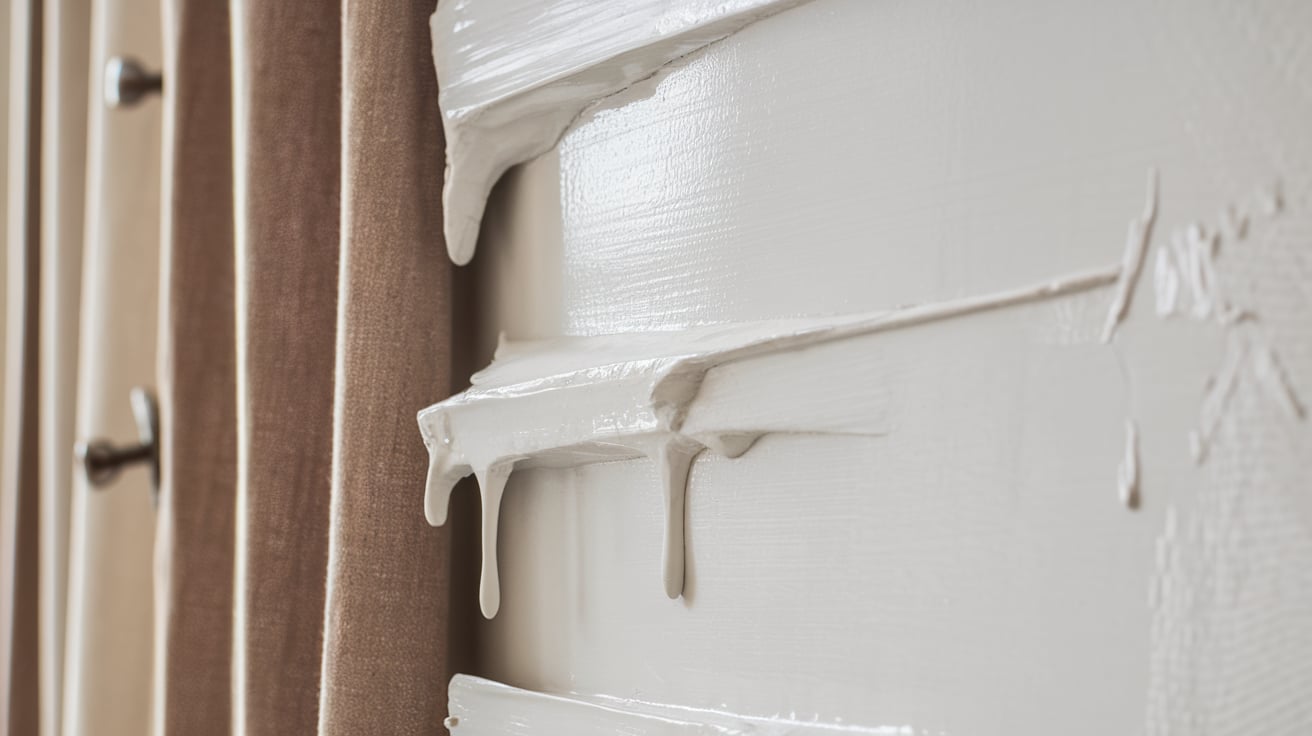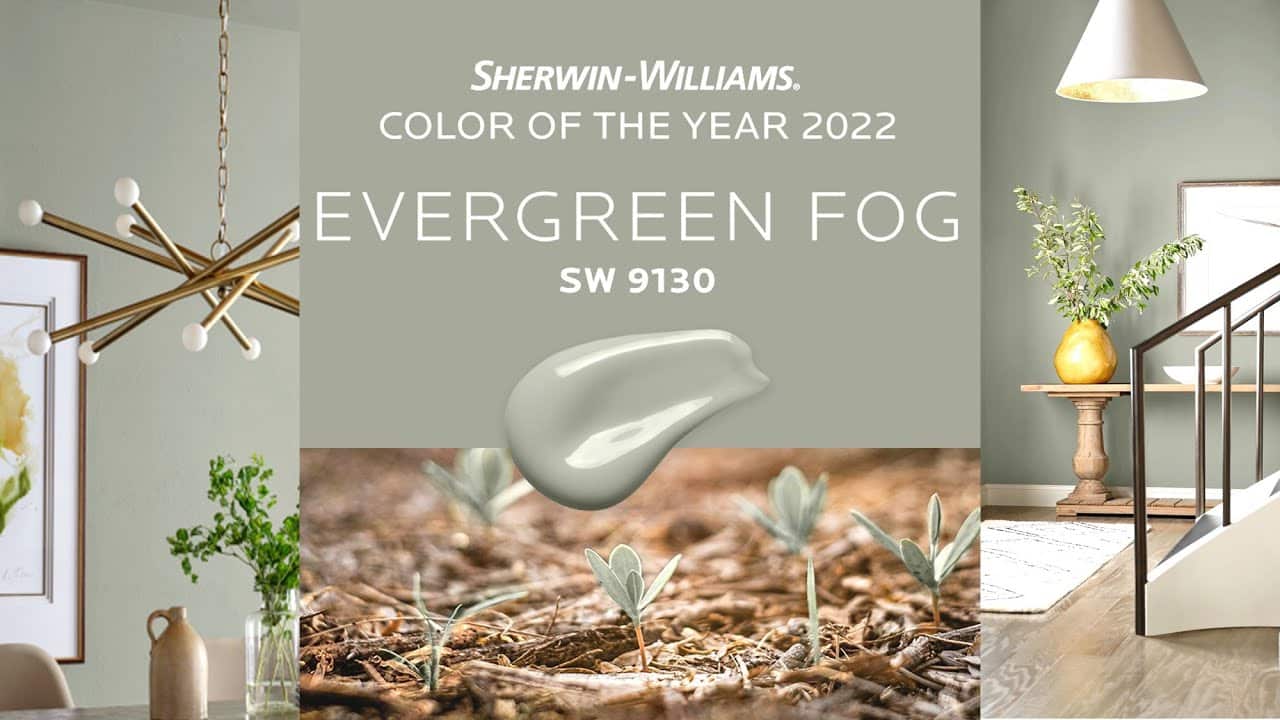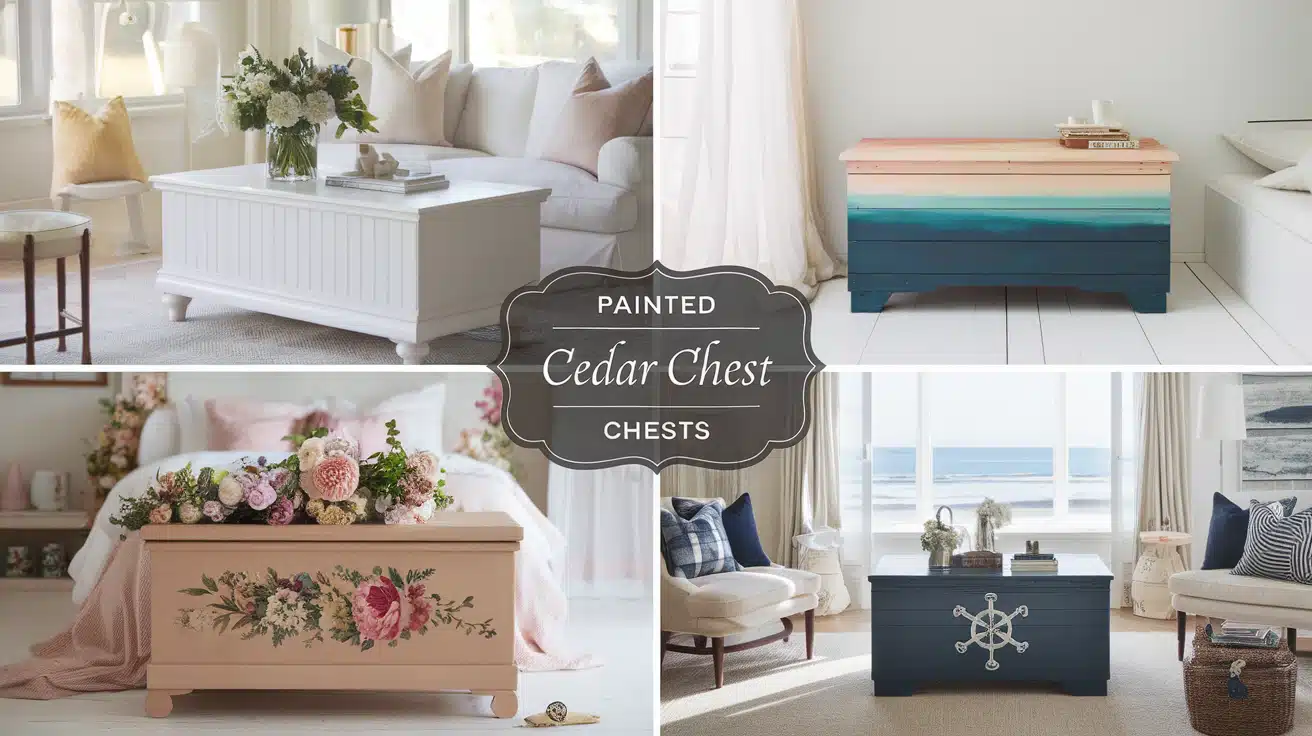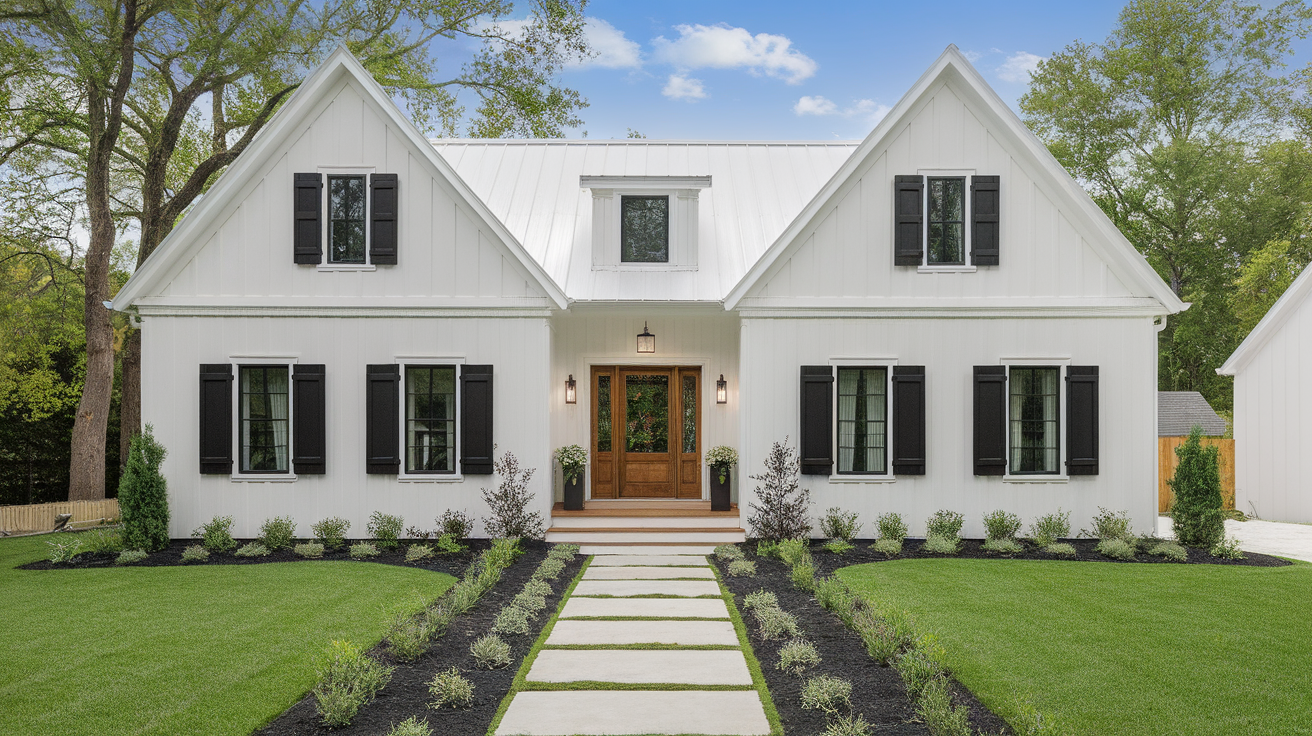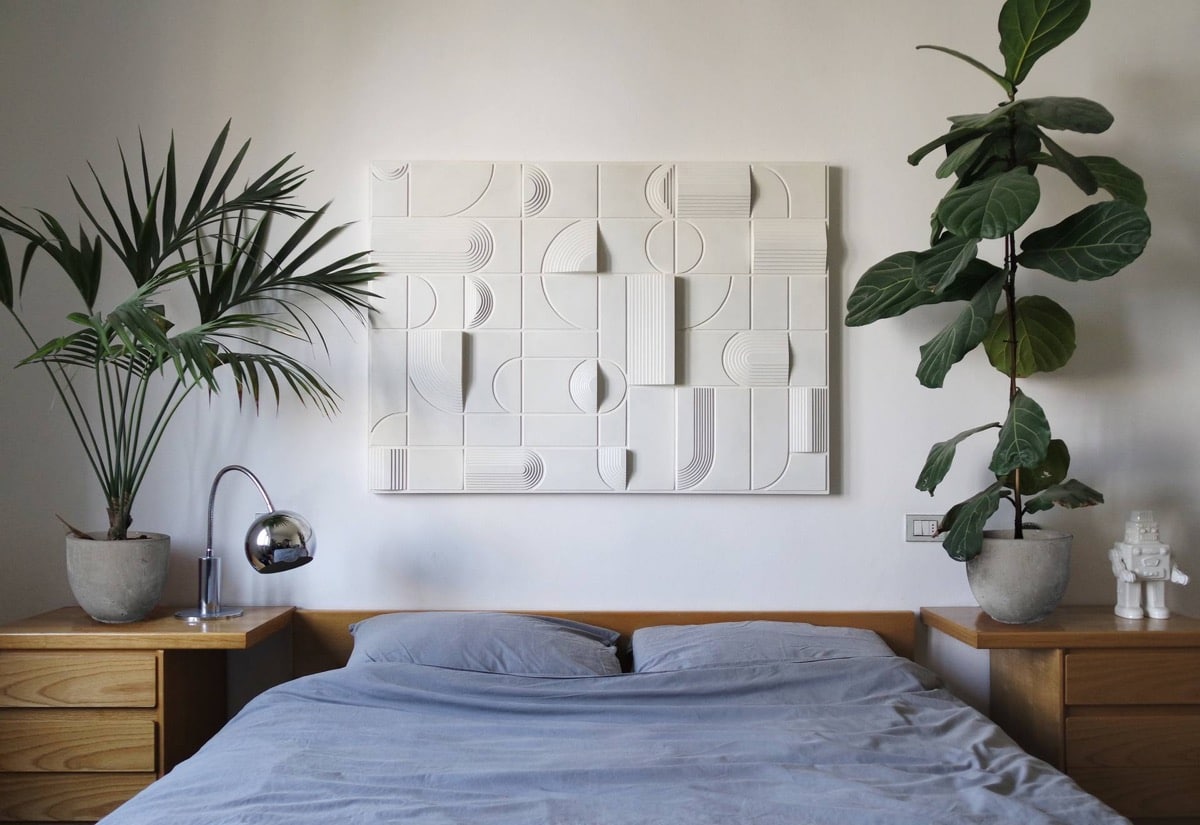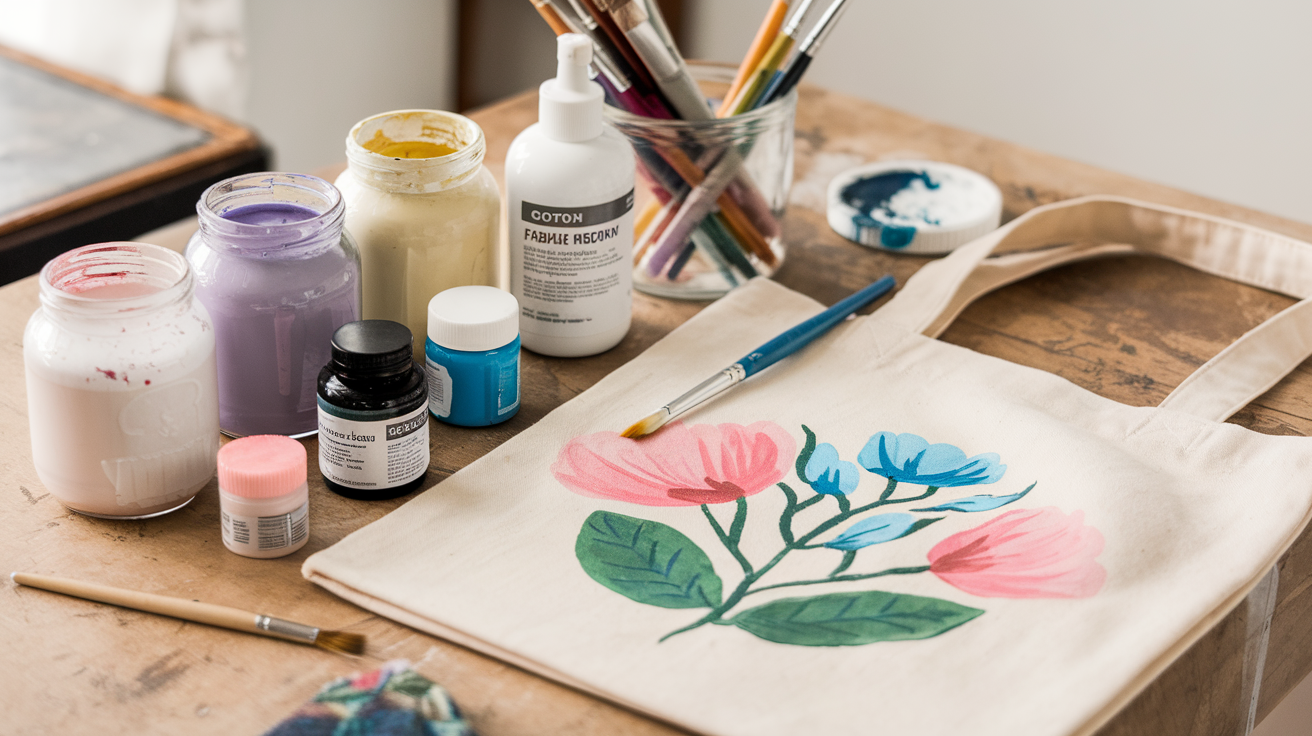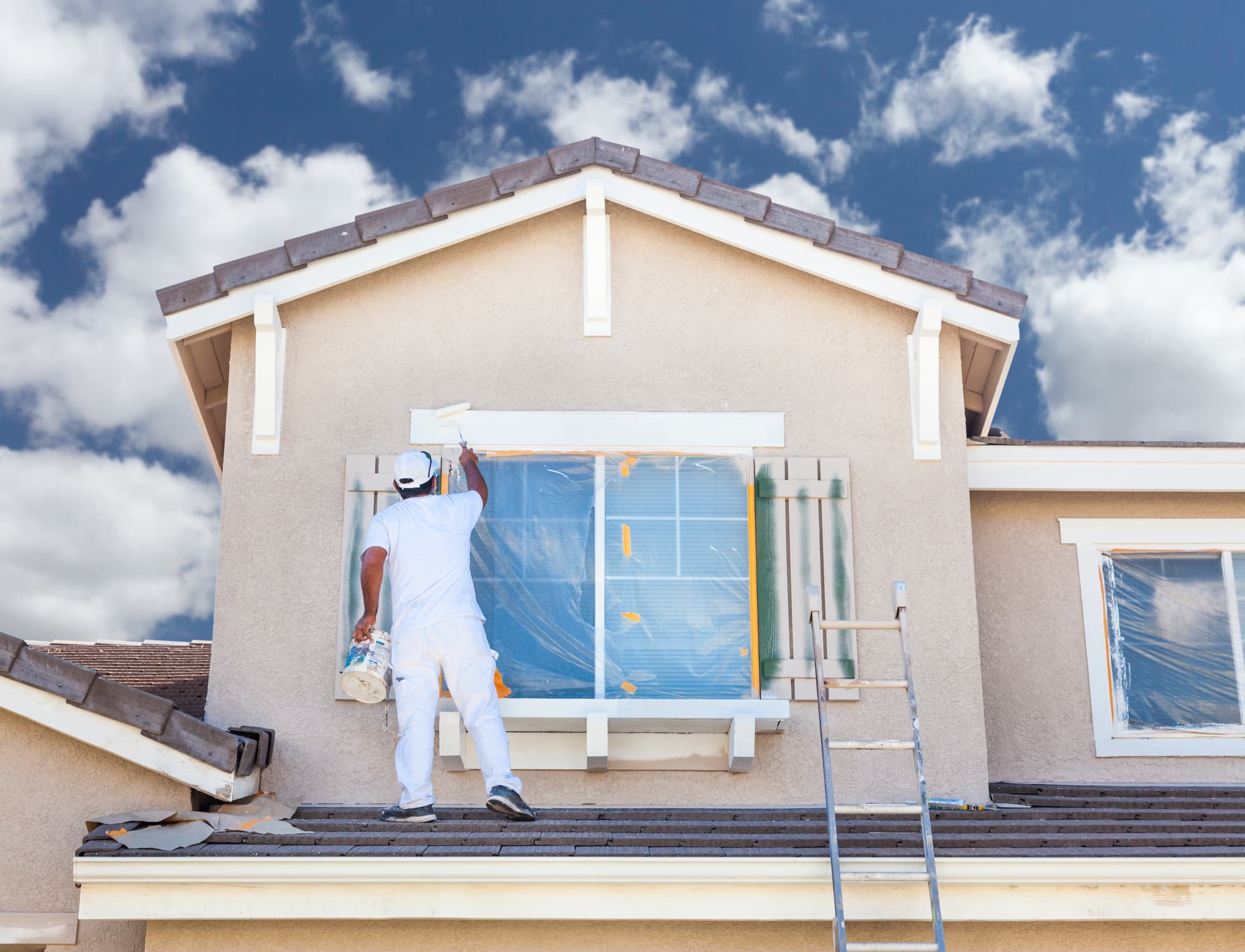What Makes Benjamin Moore Simply White a Popular Choice?
Benjamin Moore Simply White is a versatile, warm, off-white paint color that has captured the hearts of designers and homeowners alike.
With its subtle undertones and remarkable adaptability, it stands out as a go-to choice for various spaces.
However, like any paint color, its success hinges on understanding its characteristics and how it interacts with light, decor, and other elements in your home.
In this guide, I’ll explain everything you need to know about Simply White to help you make an informed decision.
Understanding Simply White

1. Color Profile
Simply White is a warm off-white with creamy undertones, offering just a hint of yellow that sets it apart from stark whites or cooler tones.
Its Light Reflectance Value (LRV) is 91.7, meaning it’s highly reflective and can effectively brighten up spaces.
However, its warmth prevents it from feeling too clinical or sterile, making it a popular choice for both contemporary and traditional homes.
This color is ideal for creating a welcoming ambiance, as it brings a sense of warmth while maintaining a clean and polished look.
However, due to its subtle yellow undertone, it’s essential to test it in your space to ensure it pairs well with your fixed elements and lighting conditions.
2. The Appeal of Simply White
Simply White has earned its place as a designer favorite for good reason.
Its clean yet warm profile makes it a chameleon-like color that works beautifully across various design styles.
From modern minimalism to farmhouse chic, it complements a wide range of aesthetics.
Homeowners love it for its ability to make spaces feel bright and airy without sacrificing coziness.
It’s a popular choice for open-concept living areas, kitchens, and even exteriors, where its brightness can enhance curb appeal.
Simply White in Different Lighting Conditions
1. How Lighting Affects Simply White
Lighting can dramatically alter the appearance of Simply White.
Here’s how it behaves in different scenarios:
- Natural Light: In rooms with abundant natural light, Simply White can appear brighter and more neutral. South-facing rooms bring out its warmth, while north-facing spaces might highlight its yellow undertones.
- Artificial Light: The type of artificial lighting in your home matters. Warm bulbs can enhance its creamy undertones, while cooler LEDs may make it appear crisper.
- Room Orientation:
- East-facing rooms: Morning sunlight enhances its brightness, while evening shadows may make it look warmer.
- West-facing rooms: Afternoon and evening light brings out its cozy, creamy tones.
2. Avoiding Unwanted Undertones
Simply White’s yellow undertone can be a blessing or a curse depending on your home’s lighting.
Here are some tips to minimize unwanted effects:
- Test Before You Commit: Always try a sample on multiple walls and observe it at different times of the day.
- Pair with Neutral Lighting: Use bulbs with a color temperature of 2700K to 3000K to maintain a balanced appearance.
- Balance with Cool Tones: If Simply White feels too warm, introduce cooler accent colors or finishes in your decor to create harmony.
Comparing Simply White with Other Popular Whites
1. Simply White vs. White Dove

White Dove is another beloved warm off-white from Benjamin Moore, but it differs from Simply White in key ways:
- Undertones: White Dove is more muted, with subtle gray undertones that give it a softer appearance. Simply White, on the other hand, is cleaner and slightly brighter.
- Warmth: White Dove leans warmer, making it a better choice for cozy, traditional spaces.
- Best Uses: Choose White Dove for rooms with warmer tones or lower light levels, and Simply White for brighter, more contemporary spaces.
2. Simply White vs. Chantilly Lace
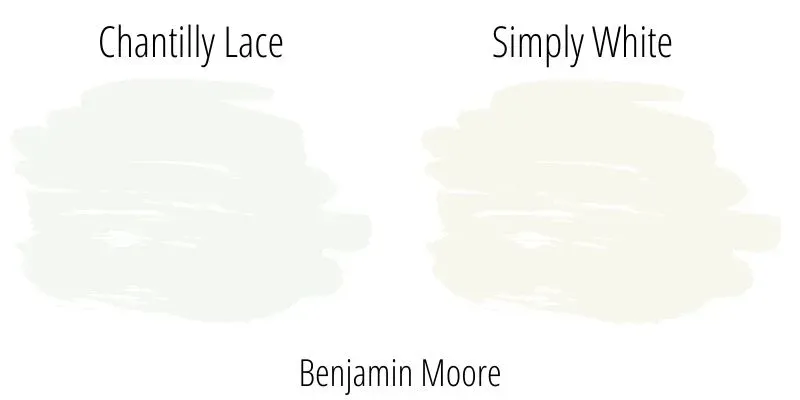
Chantilly Lace is considered a true white, offering a cooler and crisper alternative to Simply White.
- Brightness: Chantilly Lace has a higher LRV, making it one of the brightest whites in the Benjamin Moore palette.
- Undertones: It lacks the yellow warmth of Simply White, making it ideal for spaces where a clean, neutral white is desired.
- Best Uses: Opt for Chantilly Lace in modern or high-contrast designs, while Simply White shines in spaces needing a touch of warmth.
3. Comparison Chart
| Feature | Simply White | White Dove | Chantilly Lace |
|---|---|---|---|
| Undertone | Subtle Yellow | Muted Gray-Yellow | Neutral |
| Brightness (LRV) | 91.7 | 85.38 | 92.2 |
| Warmth Level | Moderate | High | Minimal |
| Best Uses | Bright, airy spaces | Cozy, traditional | Modern, minimal |
Best Applications for Simply White
1. Walls
Simply White is perfect for creating spacious, airy environments. Its high reflectivity brightens rooms, making them feel larger.
Use it in living rooms, bedrooms, or kitchens to achieve a timeless, elegant look.
However, be cautious in dimly lit areas, as it may appear slightly yellow.
2. Trim and Molding
One of the most popular applications for Simply White is on trims and moldings.
Its clean profile enhances architectural details and pairs beautifully with neutral or bold wall colors.
For a cohesive look, consider using Simply White on both walls and trims in monochromatic schemes.
3. Cabinets and Furniture
Using Simply White for kitchen cabinets or furniture is an excellent way to modernize your space while maintaining a warm, inviting atmosphere.
Its clean and bright nature makes cabinets feel fresh and contemporary without being overly stark.
- Durability: Pair Simply White with a durable semi-gloss or satin finish for easy cleaning and a polished appearance.
- Styling Tip: Coordinate Simply White cabinets with matte black or brass hardware to create a stunning contrast that elevates your kitchen or bathroom.
- Fixed Elements: Be mindful of countertop materials and backsplashes. Simply White pairs well with marble, quartz, and warm-toned wood finishes.
4. Exterior Use
Simply White also works beautifully for exteriors, offering a crisp yet inviting appearance.
- Curb Appeal: Its brightness enhances architectural details, making it a great choice for siding, shutters, or trim.
- Weathering: Simply White holds up well in natural light but may appear warmer in bright sunlight. Regular maintenance, such as cleaning, ensures it retains its vibrancy.
- Complementary Shades: Pair Simply White exteriors with soft grays, blues, or natural stone for a timeless, cohesive look.
Expert Tips for Painting with Simply White
1. Addressing Coverage Challenges
Simply White’s high LRV can make achieving full coverage challenging, especially over darker colors. Here’s how to get it right:
- Priming: Use a high-quality primer to ensure a smooth, even base and minimize the number of coats required.
- Multiple Coats: Plan for at least two coats of paint for consistent coverage, with additional coats for darker or heavily textured surfaces.
- Tools: Invest in high-quality brushes and rollers to avoid streaks or uneven application.
2. Formula Updates
Benjamin Moore occasionally updates their formulas to improve performance.
If you’ve used Simply White before, consider these tips:
- Check the Finish: Always confirm the finish (matte, eggshell, satin) for consistency across projects.
- Stir Thoroughly: Even with updated formulas, proper stirring ensures an even application.
3. Professional Advice
Insights from painters and designers can help you make the most of Simply White:
- Test in Advance: Always apply samples in the actual space to observe how the color interacts with lighting and decor.
- Pair with Neutrals: For a sophisticated look, combine Simply White with soft grays, taupes, or muted greens.
- Common Mistakes: Avoid using Simply White alongside overly cool tones, which can make it appear more yellow than intended.
Coordinating Colors and Design Ideas
1. Complementary Benjamin Moore Colors
Simply White pairs beautifully with several Benjamin Moore shades for a cohesive palette:
- Edgecomb Gray: A soft, warm gray for walls or accents.
- Hale Navy: A bold, deep blue that provides dramatic contrast.
- Revere Pewter: A versatile greige that adds subtle depth.
2. Accent Colors
Bold or muted accents can bring Simply White to life:
- Bold Options: Navy, emerald green, or charcoal gray accents create a striking contrast.
- Subtle Accents: Light blues, soft blush, or warm taupes offer a more delicate balance.
3. Style Inspiration
Simply White adapts effortlessly to various styles:
- Modern: Pair Simply White walls with sleek black furniture and minimalist decor for a crisp, contemporary vibe.
- Traditional: Use Simply White trim and moldings to highlight classic architectural details in a warm, inviting space.
- Farmhouse: Combine Simply White cabinets with shiplap walls and rustic wood accents for a cozy farmhouse aesthetic.
- Coastal: Add soft blues and sandy neutrals to create a breezy, beach-inspired interior.
Benjamin Moore Simply White: Real-Life Examples and Testimonials
1. Home Tours Featuring Simply White
Many homeowners have transformed their spaces with Simply White.
Living rooms, kitchens, and bedrooms are popular choices, as the color enhances natural light and creates an inviting ambiance.
2. Designer Showcases
Top interior designers often showcase Simply White in their projects, praising its versatility and timeless appeal.
From open-concept homes to intimate spaces, the color adapts effortlessly to diverse settings.
3. Homeowner Experiences
Personal stories highlight the importance of testing Simply White in your home.
One homeowner shared how it brightened their small kitchen, while another appreciated its balance between warmth and brightness in a north-facing living room.
Conclusion
Benjamin Moore Simply White is a versatile, warm off-white that balances brightness with subtle warmth.
Whether you’re painting walls, trims, or exteriors, it can elevate your space with its timeless appeal.
By understanding its undertones, testing it in your home, and pairing it with complementary colors, you can achieve stunning results.
Simply White isn’t just a color—it’s a design tool that can transform your home.
Take your time, test, and enjoy the process of creating a space you’ll love.
Frequently Asked Questions
Does Simply White look yellow in certain lights?
Yes, in dim or warm artificial lighting, Simply White’s yellow undertone can become more pronounced.
To minimize this effect, test the color with your lighting setup before committing.
Is Simply White too bright for small spaces?
Simply White is ideal for small spaces, as its high LRV reflects light and makes rooms feel more spacious.
Pair it with light-colored furniture and decor for the best effect.
Can I use Simply White on both walls and trim?
Absolutely. Using Simply White on both walls and trim creates a cohesive, monochromatic look.
However, consider using different finishes (e.g., eggshell for walls, semi-gloss for trim) to subtly differentiate them.

